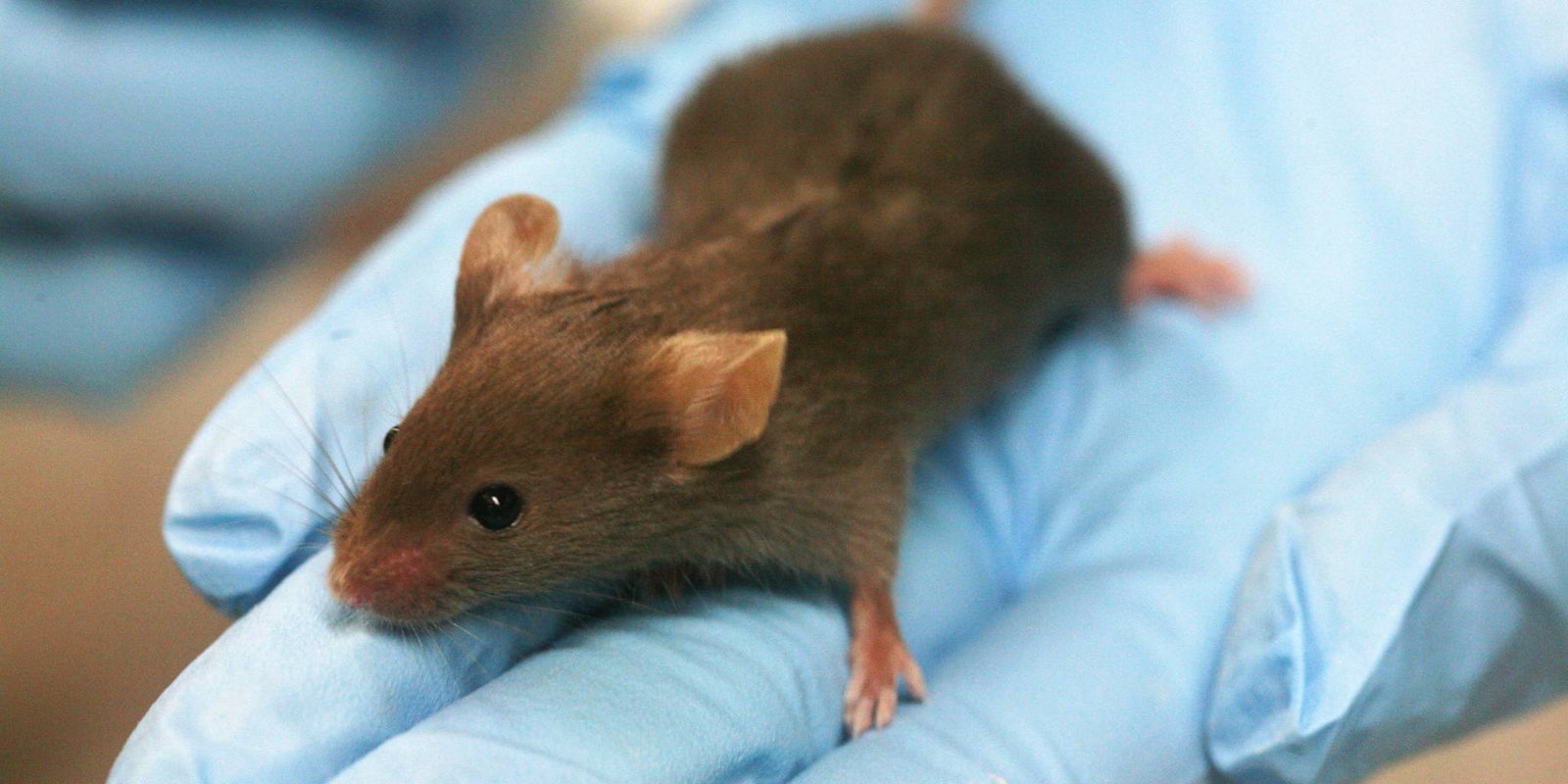Researchers over at Northwestern University in Evanston, Illinois, have successfully restored fertility in mice by using 3D-printed bioprosthetic ovaries, an achievement what they’ve called “the holy grail of bioengineering for regenerative medicine.”
In the study, female mice’s ovaries were removed and replaced with 3D-printed gelatin bioprosthetics and filled with eggs from different mice. Of the seven mice used in the study, three were able to completely ovulate, conceive, and give birth to healthy litters of pups.
“The pups were [also] supported by the mother’s milk—and the pups were able to give birth or sire pups of their own, so they were healthy through adulthood and [they were] fertile,” co-lead researcher Assistant Professor Monica Laronda told ABC News.
This is the first time a functional soft tissue transplant has been 3D-printed, as well as the first time functional 3D-printed organs have been transplanted. Laronda said the researchers 3D-printed the ovaries since the printing is scalable and can be changed according to size, shape, or materials required for the ovaries to be functional in humans.
While more research is necessary before these printed organs can be translated to be usable by people, Laronda said they hope to use 3D-printed ovaries for fertility restoration and hormone production. The treatment could be particularly helpful for women who’ve had childhood cancer or have undergone cancer treatment, since these patients often display hormone insufficiencies, difficulties becoming pregnant, and have limited fertility options.
“This research shows these bioprosthetic ovaries have long-term, durable function,” Teresa K. Woodruff, Northwestern University’s Women’s Health Research Institute director, told ABC News. “Using bioengineering, instead of transplanting from a cadaver, to create organ structures that function and restore the health of that tissue for that person, is the holy grail of bioengineering for regenerative medicine.”
H/T ABC News


